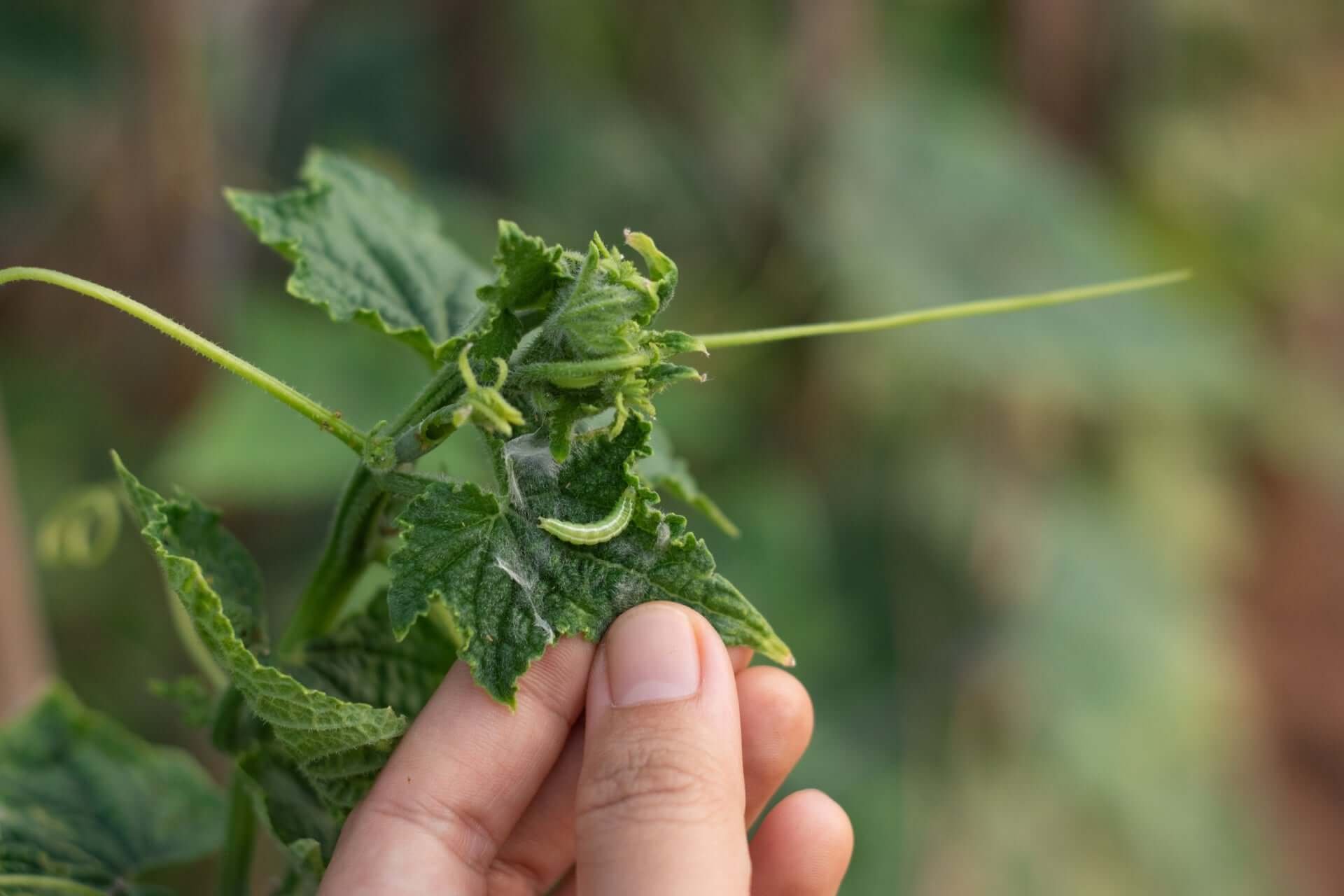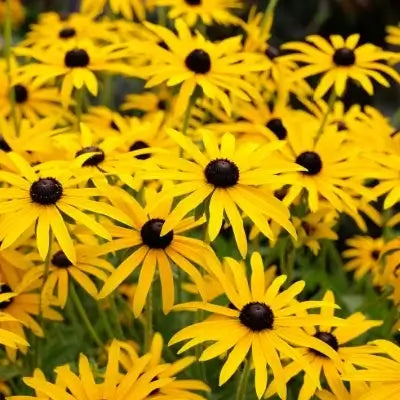Transform Your Garden Into a Serene Space by Planting Water Vegetation
Developing an enchanting garden requires more than planting flowers and shrubs because it involves constructing a tranquil refuge that combines various textures and colors with natural elements. Water plants bring visual enhancement to your garden while improving its ecological well-being. These plants create a unique effect by combining life with motion throughout your outdoor area. Incorporating water plants into small ponds, trickling fountains, or simple containers produces harmony and elegance in your garden space.
Water plants deliver multiple advantages when included in your garden space.
Water plants deliver more than visual appeal since they sustain essential balance within aquatic ecosystems. They produce oxygen for water bodies while removing impurities and serving as natural shelters for marine creatures, including frogs, dragonflies, and fish. By adding these plants, your garden will attract pollinators, including bees and butterflies, increasing its biodiversity.
Water plants provide mental health advantages in addition to ecological benefits. The tranquil water movement and dense plant growth in ponds generate a serene environment that allows people to disconnect from their daily worries. Water plants maintain pond temperature balance, which helps restrict algae expansion and sustain equilibrium in your pond.
Native Water Plants for Your Garden
Native plant selections for garden water features will flourish in your local weather conditions while benefiting local wildlife. These three native perennials can turn your garden into a lush oasis.
1. Pickerelweed (Pontederia cordata)
This aquatic perennial, Pickerelweed, stands out with vibrant lavender-blue flower spikes that bloom all through the summer months. This native plant grows optimally in shallow waters and is a crucial shelter for aquatic organisms. The heart-shaped leaves of this plant beautify your water feature while providing shade, which maintains cool water temperatures and prevents algae buildup.
Pickerelweed requires minimal effort to cultivate, which makes it ideal for people who are new to gardening. This plant works best in ponds or water gardens that are 6 to 12 inches deep. This aquatic plant expands gradually via rhizomes to produce thick foliage, which provides structure and depth for your water garden.
2. Soft Rush (Juncus effusus)
The graceful Soft Rush grows best in wetland conditions and works perfectly for pond edges and boggy garden areas. Its vertical green stems stand tall and cylindrical to enhance vertical appeal while pairing well with other aquatic vegetation. This native species adapts easily to different environments and requires little maintenance.
The plant serves as a top-notch erosion control solution along water edges. Small wildlife finds a home in this plant, and its thick growth functions as a natural filter, removing sediment and pollutants from water. Combine Soft Rush with blooms of flowering aquatic plants to achieve a well-balanced and attractive garden arrangement.
3. Blue Flag Iris (Iris versicolor)
The Blue Flag Iris is a colorful native perennial perfect for water garden settings. Its striking blue-violet flowers, highlighted by yellow and white markings, appear in late spring and early summer. The Blue Flag Iris grows well in shallow water and moist soil, making it adaptable to different garden designs.
The Blue Flag Iris attracts bees and hummingbirds as pollinators and helps maintain local ecosystems. It requires minimal care and grows successfully in natural settings and structured water garden designs. The dense green leaves maintain visual appeal throughout the year, even after the blooms disappear.
Design Tips for Adding Water Plants
To achieve a naturally balanced look, you must plan carefully when adding water plants to your garden. Consider the following tips to make the most of your water garden:
Layering Plants:Combine different plant types, including submerged varieties, with floating and emergent species to establish depth and texture in your water garden. Pair submerged oxygenators like Hornwort with floating plants like Water Lettuce and emergent plants like Blue Flag Iris.
Positioning for Aesthetics and Health: Tall plants such as Soft Rush should be placed at the back of your water feature, while shorter flowering varieties like Pickerelweed should be placed at the front. Floating plants should cover no more than 50% of the water surface so that sunlight can reach the water properly.
Consider Seasonal Interest: Select different plants to bloom throughout the year so your garden remains visually appealing throughout all seasons. Pair early-blooming Marsh Marigold with summer-blooming Pickerelweed to maintain your garden's vibrancy.
Eco-Friendly Practices: Plant local species to benefit native ecosystems and reject invasive plants that pose environmental risks. Periodically clean away debris and cut back dead plant matter to preserve your water quality.
Caring for Water Plants
Water plant maintenance is easy if done consistently. Monitor water levels and quality more frequently during hot weather because evaporation rates rise. Eliminate dead plant debris to block water contamination while maintaining plant health.
Water plants do not usually need fertilization since they naturally extract nutrients from the water. When natural soil is absent, consider using slow-release aquatic fertilizers to promote plant growth in your water feature. Monitor for pests such as aphids and snails while adding natural predators like fish or beneficial insects to help sustain ecological balance.
Water plants must be overwintered when grown in cold climate regions. Bring tropical water plants inside or into a greenhouse and prune hardy perennials such as Pickerelweed and Blue Flag Iris to foster vigorous regrowth when spring arrives.
Creating a Balanced Ecosystem
Planting water vegetation goes beyond visual appeal. It enables the development of a balanced ecosystem that supports garden health and wildlife well-being. Pickerelweed, Soft Rush, and Blue Flag Iris bring beauty to your water feature while supporting its ecological health. Your garden becomes functional and stunning when you carefully select and maintain water plants.
Water plants should always be included, whether beginning with a small container garden or upgrading an existing pond because they significantly enhance your garden's visual appeal. The effort to grow water plants pays off because their beauty and serenity turn your space into a tranquil natural sanctuary.










































































































